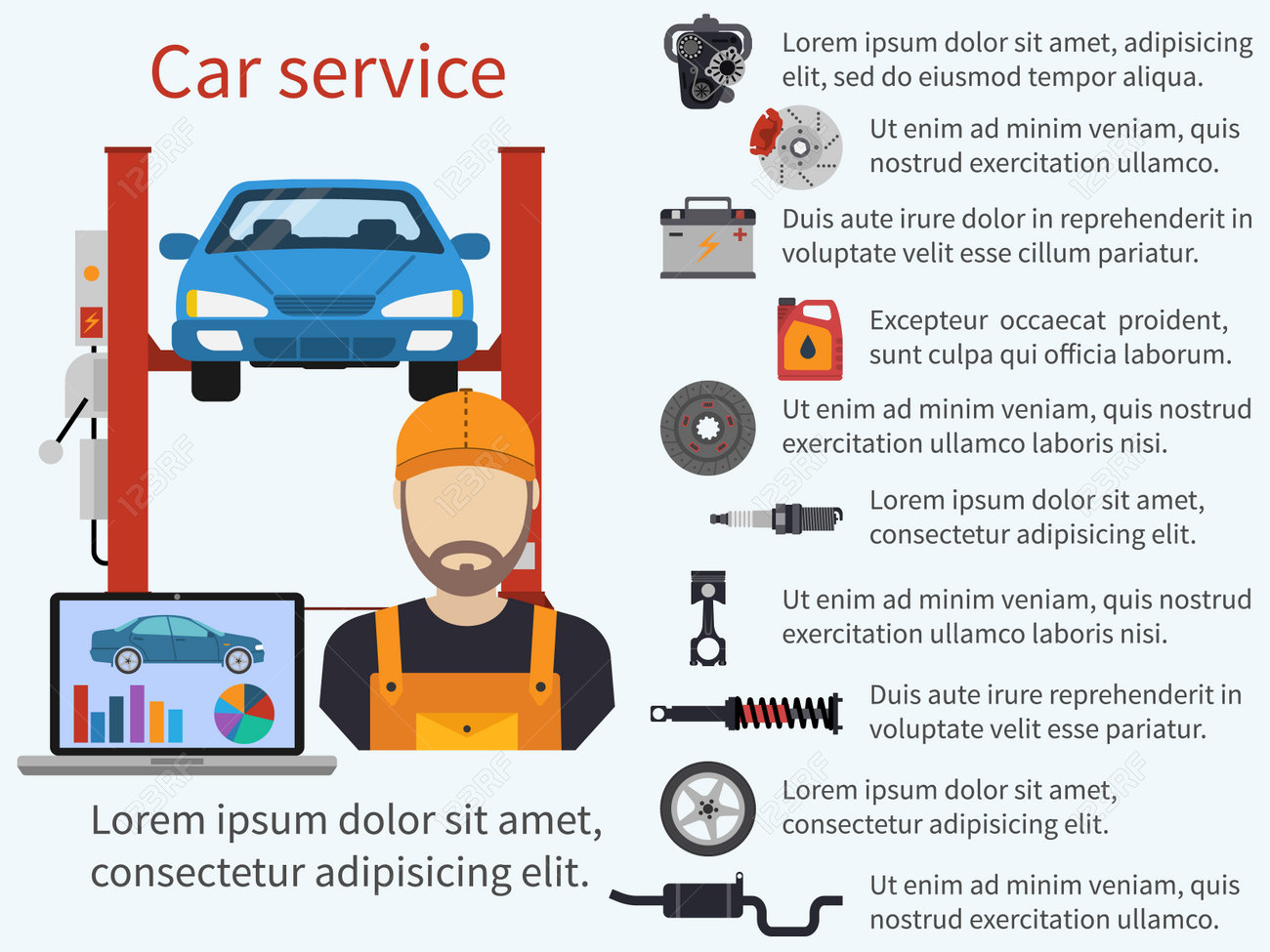Interested In Comprehending The Warning Lights On Your Automobile'S Dashboard? Discover Their Importance For Your Lorry'S Safety And Security And Total Problem
Interested In Comprehending The Warning Lights On Your Automobile'S Dashboard? Discover Their Importance For Your Lorry'S Safety And Security And Total Problem
Blog Article
Write-Up Writer-Higgins Winters
When you lag the wheel, those radiant caution lights on your control panel can be a little bit difficult. Do you recognize what they're attempting to inform you regarding your automobile's wellness? Understanding the importance of these lights is important for your safety and the longevity of your vehicle. So, the next time among those lights turns up, would not you intend to decode its message properly and take the necessary steps to resolve it?
Common Warning Lights and Interpretations
Identify typical warning lights in your automobile and understand their definitions to make sure secure driving.
One of the most normal warning lights consist of the check engine light, which signals problems with the engine or discharges system. If this light comes on, it's crucial to have your car examined without delay.
https://sfist.com/2021/12/13/catalytic-converter-theft-ring-busted-and-surprise-auto-repair-shops-allegedly-in-on-the-game/ warning light indicates reduced oil stress, needing prompt attention to stop engine damage.
A flashing battery light might suggest a damaged charging system, possibly leaving you stranded otherwise dealt with.
The tire stress tracking system (TPMS) light alerts you to low tire stress, impacting car stability and gas efficiency. Disregarding https://remapecumotor62839.tokka-blog.com/30496692/crucial-equipment-that-every-car-repair-facility-must-consist-of might lead to unsafe driving conditions.
The abdominal muscle light suggests a trouble with the anti-lock braking system, jeopardizing your capability to stop rapidly in emergency situations.
Lastly, the coolant temperature level cautioning light warns of engine overheating, which can lead to severe damages if not solved promptly.
Recognizing these usual caution lights will certainly aid you address issues immediately and keep safe driving problems.
Significance of Prompt Attention
Understanding the typical caution lights in your car is only the initial step; the value of without delay addressing these cautions can't be highlighted enough to ensure your security on the road.
When a warning light brightens on your control panel, it's your automobile's means of interacting a possible problem that needs interest. Ignoring these warnings can cause more extreme problems in the future, compromising your safety and security and possibly costing you extra out of commission.
Motivate focus to advising lights can stop malfunctions and accidents. For instance, a blinking check engine light could suggest a misfire that, if left neglected, can cause damages to the catalytic converter. Resolving this immediately can conserve you from a costly repair service.
In a similar way, a brake system advising light might signal reduced brake liquid or worn brake pads, crucial parts for your security when driving.
DIY Troubleshooting Tips
If you discover a caution light on your dashboard, there are a few do it yourself fixing suggestions you can try prior to seeking professional help.
The primary step is to consult your vehicle's manual to understand what the details caution light indicates. Sometimes the problem can be as basic as a loosened gas cap triggering the check engine light. Tightening the gas cap may settle the trouble.
Another common concern is a reduced battery, which can cause various alerting lights. Inspecting the battery connections for rust and ensuring they're secure could fix the problem.
If a caution light persists, you can try resetting it by separating the vehicle's battery for a couple of mins and afterwards reconnecting it. Additionally, checking your automobile's liquid degrees, such as oil, coolant, and brake fluid, can help repair warning lights related to these systems.
Conclusion
Finally, understanding your car's warning lights is vital for keeping your vehicle running smoothly and securely. By quickly addressing these signals and understanding what they indicate, you can stay clear of pricey fixings and possible failures.
Remember to consult your automobile's manual for particular information on each advising light and act appropriately to ensure a hassle-free driving experience.
Stay educated, remain risk-free when traveling!
